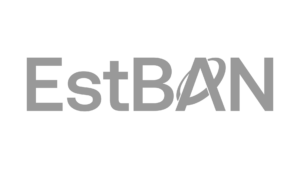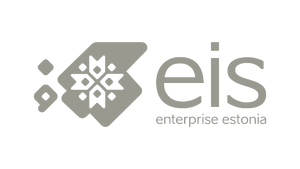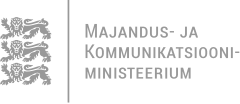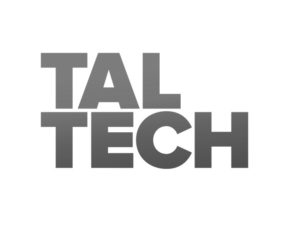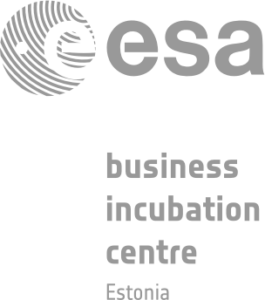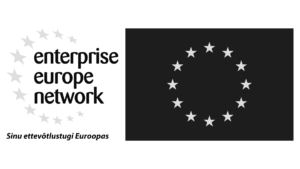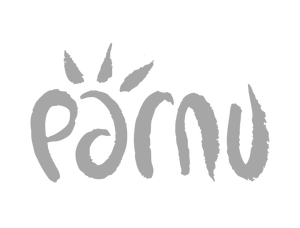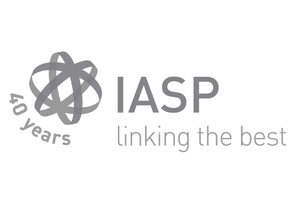25.10.2022
Rainer Pesti: Estonia has an excellent chance of becoming a flagship for innovation within the green transition
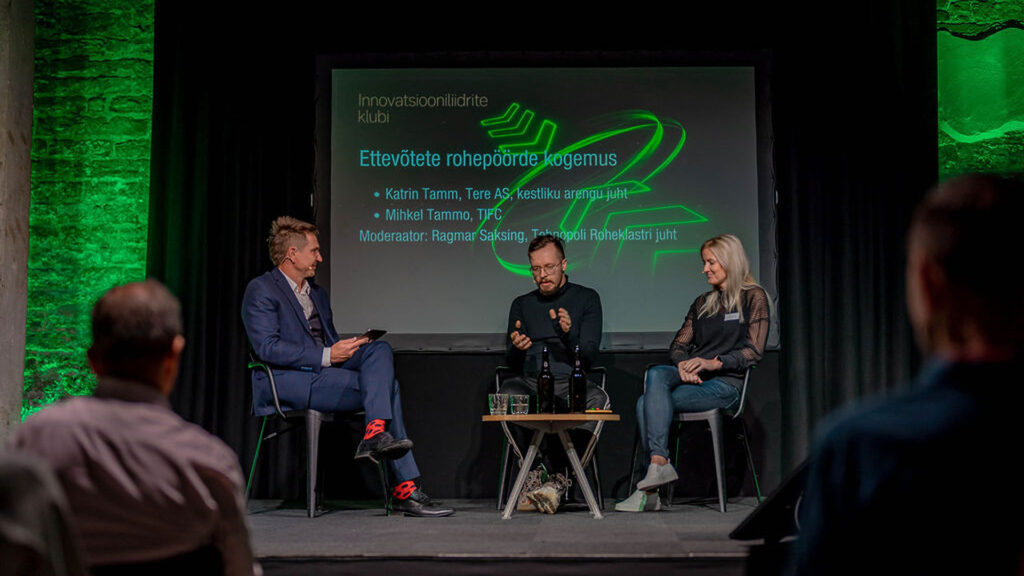
A green transition and sustainability matchmaking event was held at Fotografiska on 4 October in cooperation with the Tehnopol Startup Incubator. Head of Innovation at Tehnopol Merilin Varsamaa said that ILK wants to support businesses in achieving carbon neutrality and reducing their footprint, and the matchmaking format for large and startup companies, allowing cooperation and a chance to exchange experiences, is ideally suited for that.
Government green policy coordinator at the Government Office of Estonia Kristi Klaas welcomed those arriving and opened the event. “The government plans to pass a green transition action plan this year. In the broader picture this means that we want to bring together the green policy action plans of different areas that have earlier been used to planning their own policies. It will be easier to meet our goals by bringing everything under a single umbrella and so the state will be able to use its resources better”, she said.
Vegan milk made from captured CO₂ and oil shale ash is only the start
Rainer Pesti, Business Development Manager at Ragn-Sells, talked about their world-changing circular economy solutions. “The biggest impact on human activity in the past 50 years has come from population growth. We are by now passing the 8 billion mark, and all of those people want clothes, cars and so on. There is no debate today among scientists about whether there is a human impact on the climate, the only debate is about exactly how big that impact is”, he said, adding that “growth in the use of energy and water and in economies correlates directly with population growth, as does the growth in the amount of CO₂ in the atmosphere”.
Ragn-Sells launched a major change at the corporate level seven years ago. The focus on research and development was on creating value by extracting elements from industrial waste. “We have more than 600 million tonnes of oil shale ash here in Estonia”, explained Pesti, “and in the last 70 years we have managed to return only 1% of that amount back into circulation in some form”. Those great piles of oil shale ash place a heavy burden on the environment, as they contain a lot of calcium and so are highly alkaline.
“The great thing about the circular economy is that what appears to be a problem is often actually an opportunity”. The Ragn-Sells project is not just an example of the circular economy, but it is exceptional in global terms because it makes use of not just one waste product but two, as it takes ash and CO₂ and gets calcium carbonate, CaCOз, from them. This is already being used in very many different places, such as white window frames, white paint, tablets, and vegan milk.
“What makes our product really special, and even unique in the world, is that our carbon footprint from producing it is actually negative!” Pesti said that other companies were queueing up to work with Ragn-Sells and explained the background to their cooperation. He also described how magnesium is extracted from ash.
“Estonia’s attitude towards the green transition is erasing our last hope of becoming Nordic”. Pesti said that the discussions were fundamentally different, because companies in Scandinavia are competing to be the first one to reach maximum climate neutrality, while in Estonia it is hoped that maybe the topic will just go away. He still thinks though that Estonia has an excellent chance of becoming a flagship for innovation within the green transition. However if the discussions continue to be different, it is realistic to think that we will fall even further behind in the coming decades.
Corporate experience of the green transition at Tere AS and TIFC
Katrin Tamm, Head of Sustainability at Tere AS, and Mihkel Tammo from TIFC came to talk about the experience their companies have had of the green transition, with Ragmar Saksing, the GreenTech Cluster Manager at Tehnopol, moderating the discussion.
Ragmar Saksing started from the beginning: “Where should companies start? How can they carry out the green transition? Journalists say that people are tired of this, and if a headline uses the word green, then it attracts many fewer clicks”.
“The green transition itself is perhaps not a helpful phrase”, replied Katrin Tamm. She said that the transition can happen when a new company is founded, but for a company that is already operating it is more a question of using resources as efficiently as possible, without planning to get all the way to zero.
Mihkel Tammo believes in creating competitive advantage. He also believes that targets need to be set by the owners and managers of businesses, as it is they who can then change the whole direction of a company. Tammo also noted that Enterprise Estonia prefers to use the term green wave rather than green transition, as it is a better metaphor for the concept behind the term.
Katrin Tamm described how a couple of years ago, when green topics were starting to appear in discussions within the company, they were treated quite sceptically and seen as efforts by the marketing team to be fashionable. Over time the mentality of the whole company has changed though, and they have started to hold monthly green minutes. The aim of the green minutes is to normalise discussion of environmental sustainability at all levels, get people thinking about it, and make sustainability a natural part of activities.
Tammo agreed that involving the team actively can lead to good results in this. They have for example started to replace the summer days and meetings for their team with mission days, when they work together on activities to increase sustainability.
A model for cooperation between companies from Attorney-at-Law Toomas Seppel
Attorney-at-Law Toomas Seppel of Hedman Law Firm gave an excellent presentation of a model for cooperation between companies. He started by noting that there is not currently any very good practice in sustainability accounting, but we should be ready for startups to start demanding it.
Cooperation between large companies and startups can be cooperation with a university, business accelerators, licensing, acquisition of a stake, joint ventures, exits, or acquisition of tokens. Seppel described all seven models of cooperation and identified for each one the good examples, concerns and opportunities.
Matchmaking, or introducing businesses to one another
Four companies gave presentations on themselves before the matchmaking started.
- Bisly provides technological solutions for smart buildings to make energy saving simpler at home and in offices.
- Single.Earth is creating a new currency backed by nature
- Grenpay offers a carbon-free shopping environment
- Plugfree provides solutions for various chargers and charging platforms
See HERE for a gallery of pictures from the event.
The event was also supported by the Estonian state through the Centre for Environmental Investments and the Ministry of Finance with a support measure for diversifying enterprise and professional skills in Ida-Virumaa.


